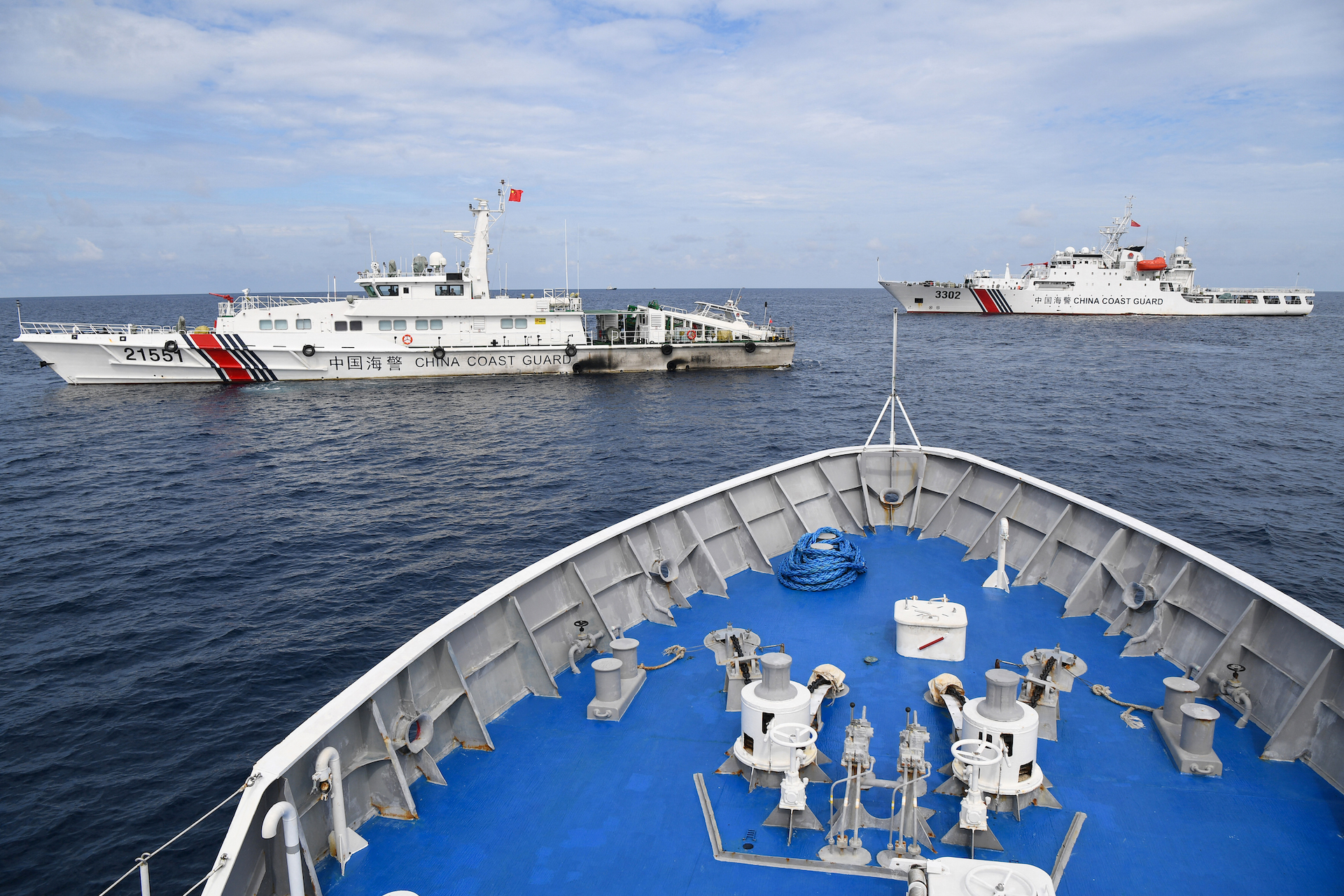Project 141 is believed to be the code name for China’s plan to install military bases worldwide. The People’s Liberation Army (PLA) carefully designed this initiative to capitalize from increasing logistics support of regimes in its favor, various news sites reported.
Beijing’s most recent attempt is a base in Cuba. According to the Huffington Post, Havana and Beijing have reached an agreement for the installation of a permanent electronic espionage base on the Caribbean island in exchange for several billion dollars.
According to the news site, documents leaked in April revealed that Project 141 includes proposals to establish at least five Chinese bases and 10 logistics support sites abroad by 2030.
“China is calculating that by 2049 it is going to have control of trade routes and control new supply chains,” Joseph Humire, director of the U.S.-based think tank Center for a Secure Free Society, told Diálogo on September 18.
In 2017, China established its first overseas military base in Djibouti, East Africa. But speculation is rife that there are other Chinese base locations in the Middle East and Africa. The Djibouti outpost is so far the only overseas base that Beijing officially recognized, U.S. news site The Messenger News reported in late June.
Foot in the door

Reports emerged in 2019 that China had signed a secret agreement to establish a second naval base in Cambodia. In June 2022, The Washington Post published satellite images showing rapid construction at that base, which shares facilities with that country’s military. These Chinese military bases are intrinsically linked to its commercial and geopolitical efforts deployed worldwide, the daily added.
“They call them dual-use ports because they have commercial use for the cargo China is handling, but at any time they can have a military use for naval exercises, starting with the bare minimum,” Humire said. “China has an annual naval exercise called ‘Invasion Drill,’ which it conducts in the South China Sea. It is practically a training to project how to attack Taiwan, instill fear, send a message, provoke, and test the execution of what the Chinese company Cosco Transportation would do […] by moving the amphibious vehicles that the Beijing regime uses in that exercise.”
Preparing the ground
In September 2020, the U.S. Department of Defense (DoD) reported China’s intentions to increase its global presence. The report asserts that the People’s Republic of China (PRC) seeks to establish overseas logistics and base infrastructure to enable its PLA to project and sustain military power over greater distances.
“The most obvious choices for China to install military bases in Latin America are Venezuela, Nicaragua, and Cuba, because in all three countries they have a close relationship, legal concessions, and there are also very large debts of these nations, which China can absorb,” Humire said. “In addition, China is also looking for Argentina, Brazil, and Uruguay, because it needs dominion over that area, specifically for a transoceanic trade route connecting the Pacific and Atlantic oceans and not to depend on the Panama Canal. That is where China strategically wants to position itself.”
“China has likely considered locations for PLA military logistics facilities in Myanmar, Thailand, Singapore, Indonesia, Pakistan, Sri Lanka, United Arab Emirates, Kenya, Seychelles, Tanzania, Angola, and Tajikistan,” the 2020 DoD report indicated.
‘”The U.S. Navy is the great defender of international trade, literally protecting trade routes worldwide and the seven strategic maritime choke points, which are the Strait of Gibraltar, Panama Canal, Suez Canal, Cape of Good Hope, Strait of Hormuz, Strait of Malacca, and the Turkish Straits […]. Fortunately the U.S. is present in all of them,” Humire concluded. “If China were to gain control of trade routes and supplies, it is going to need naval positioning to replace the United States as the main protector of these new routes, and Project 141 is designed for that.”









